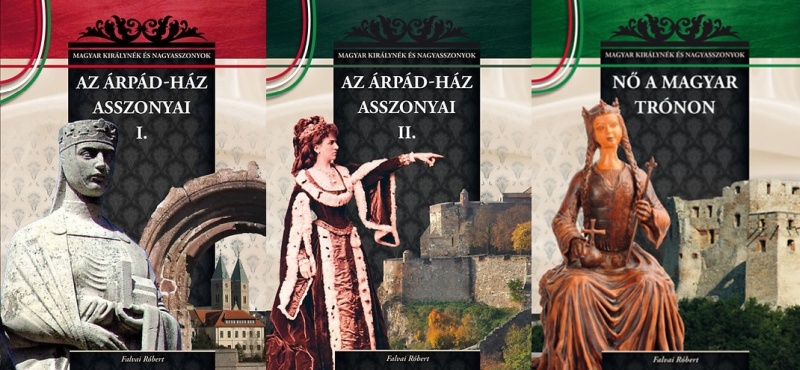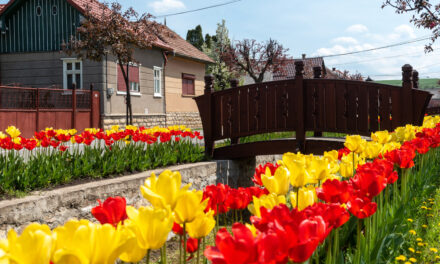"A nation that does not know its past does not understand its present, and cannot create its future!"
Europe needs Hungary ... which has never allowed itself to be defeated.
Kálmán Könyves (1095-1116)
First wife Felicia of Sicily (1076-1110)
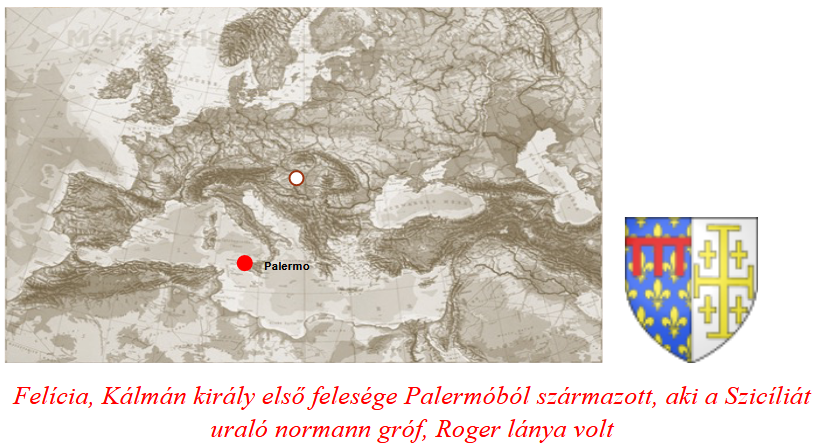
Felicia was born around 1076 in Palermo.
His father was the Norman Count Roger I of Sicily, from the Hauteville dynasty. King Kálmán married Felicia in Fehérvár in 1097. Marriage was also a covenant. The Hungarian king made an alliance with the Normans who invaded Sicily against Venice. The life of Kálmán Könyves was marked by the fight with Venice for the possession of the rich Dalmatian cities. Kálmán Könyves was the first Árpád king who, in the series of marriage contracts concluded with Western European dynasties, did not choose a wife from German families. (Polish, Byzantine, and Russian family ties had already strengthened Eastern alliances.)
The marriage gave birth to three children, the first of whom was Zsófia, then László and István. The latter succeeded his father on the throne in 1116. Felicia died in Fehérvár in 1110 and was buried in the Basilica of Our Lady.

Second wife Euphemia of Kiev (Rurik) (?-1139)
Kálmán remarried in 1112. Euphemia, Grand Duke of Kiev from the Rurik dynasty, II. He married Vladimir's daughter. However, King Kálmán caught his young spouse in adultery, so he sent her home and did not accept her as his wife any longer. However, Eufemia was already pregnant at that time, and she gave birth to her child on Russian soil, who was named Boris. Borisz claimed the Hungarian throne until the end of his life, as he considered himself the Prince of Árpád House. He took the name Kalamanosz, with which he expressed his belonging to Kálmán (his presumed father).
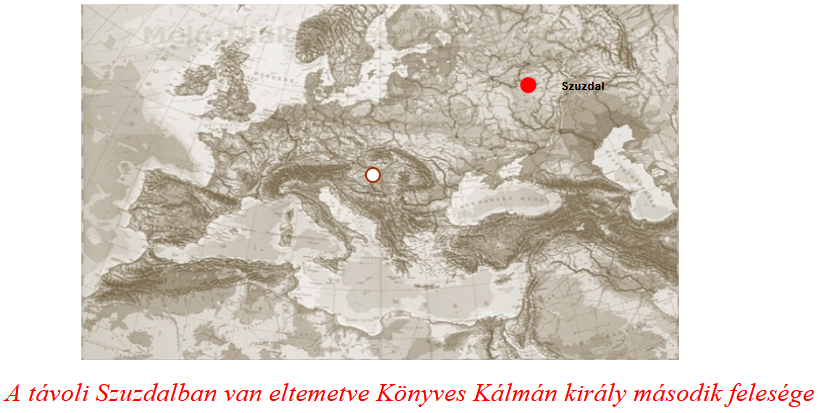
Euphemia died in 1139, presumably in the city of Suzdal.
II.
István (1116-1131) His first wife was Krisztina Capuai
We know almost nothing about either the first or the second wife, it can only be assumed that both the first and the second princesses were only betrothed to the Hungarian king.
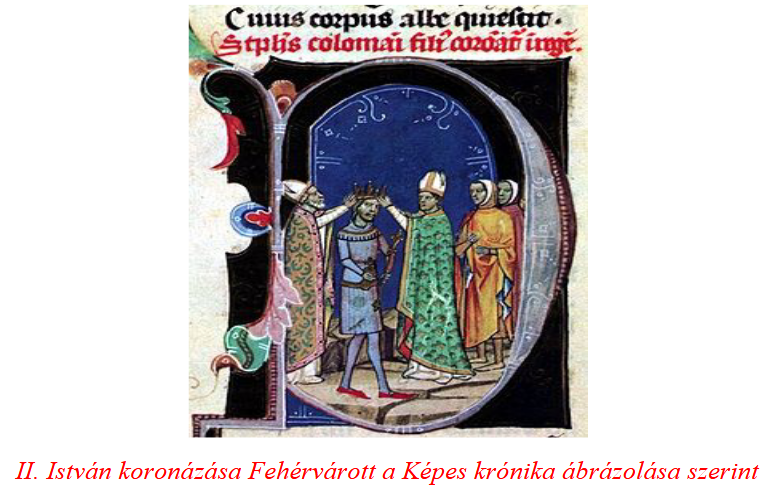

His second wife is Adalheid of Riedenburg
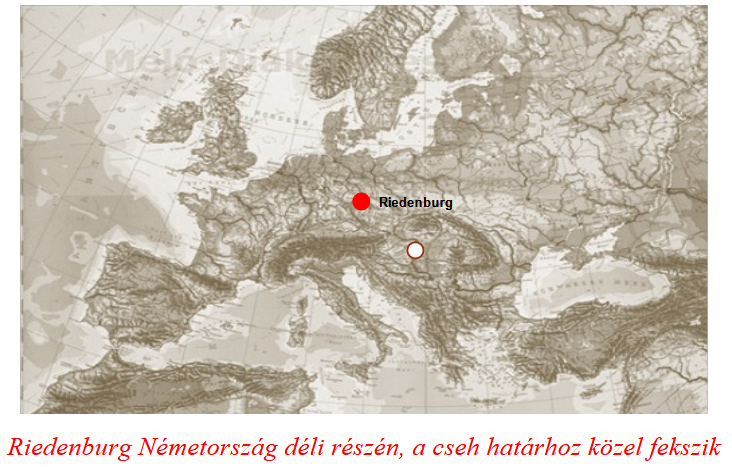
I. (Vak) (1131-1141)
Wife Ilona (Vukanovic)
Béla, who came to the throne in 1131, found a wife worthy of the revenge he committed because of his childhood blindness. At the bloody parliament in Arad, 68 Kálmán-party noblemen were executed, the organizer of the carnage being Queen Ilona of Serbia. Béla led the princess from Raska to the altar in 1127. II. (Blind) Ilona often made decisions instead of Béla, including in the Arad parliament.
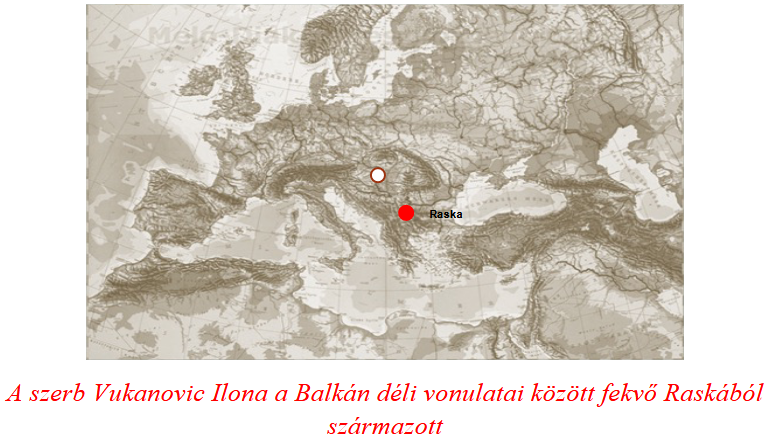
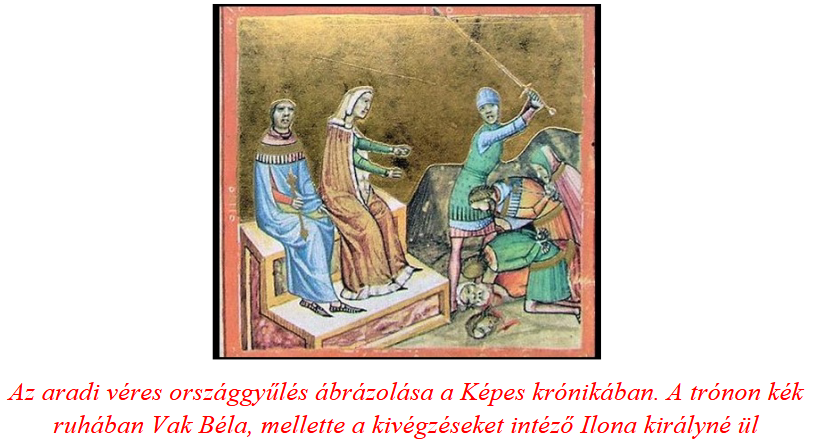
After the bloody events, construction work started in the royal court. II. An office has already been established in Béla's yard, and from this will develop the previously only III. Chancellery attributed to the founding of Béla. In the exercise of power, Béla also involved the royal council, which he did partly out of necessity due to his blindness. However, Ilona and her adviser, Belos, also played a major role in the management of the country. In 1137, for example, the royal couple rebuilt the burned Pannonhalma.
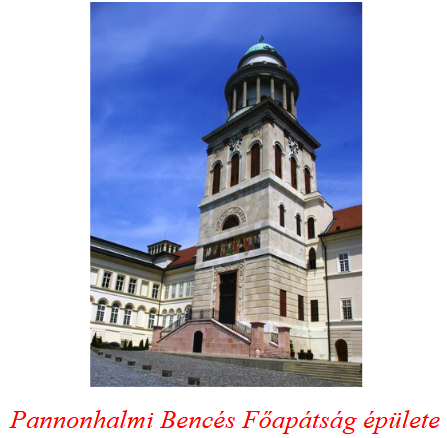
II.
Géza (1141-1162) Wife Euphrosina of Kiev (?-1193)
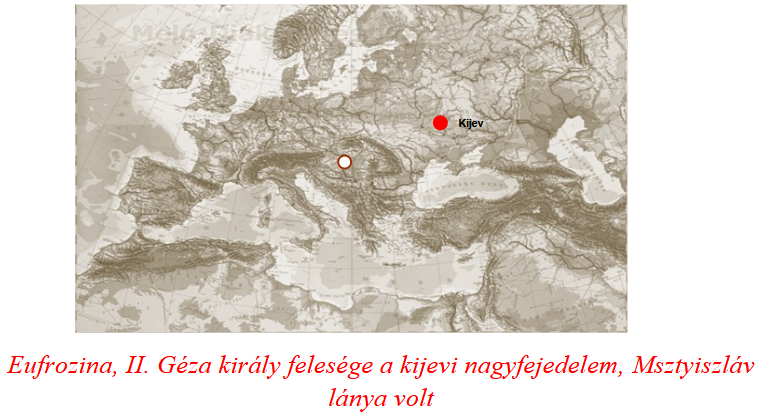
Eufrozina (Fruzsina) was the daughter of Mstyiszlav Grand Duke of Kiev, who came to Hungary in 1146. Euphrosina not only as queen, but her husband, II. After Géza's death, she was also an influential queen mother. She gave birth to eight children, of whom III. István and III. Béla became king of Hungary. III. During István's time, alongside his son, he had a significant role in managing the country's affairs.
When István died in 1172, Eufrozina - the mother - opposed the ascension to the throne of her other son, Béla, who was returning from Byzantium. Therefore, when the "Prince of the Golden City" ascended the throne, he exiled his mother to Jerusalem. He also died there in 1193. Béla brought his mother's body home and buried her in Székesfehérvár.
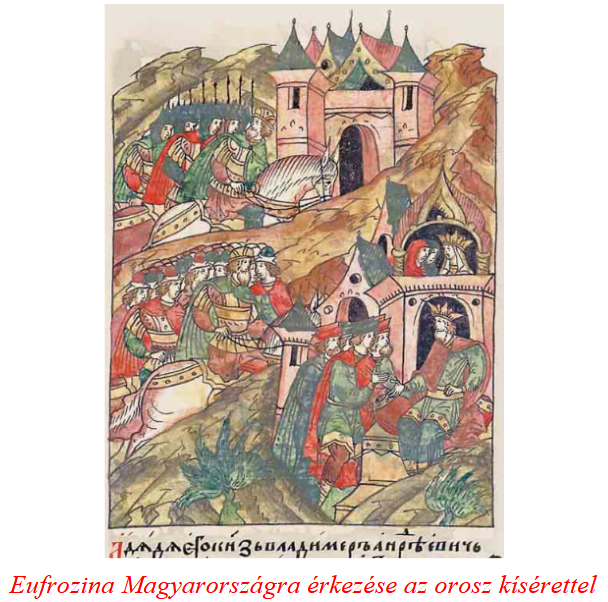
II.
László – Viceroy III. Opposite István. Did his wife die before he ascended the throne, or did they divorce? She had a daughter, but nothing is known about her.
III.
István (1162-1172) First wife Jaroslavna (1150-?)

His father was Prince Yaroslav I of Halich, who was Kálmán's grandson. Jaroslavna was born in 1150, and at the age of 16 she was already betrothed to István, but either the betrothal or the marriage already concluded in the meantime broke up.
His second wife, Ágnes Babenberegi (around 1151-1182)

István's second wife was Ágnes, a scion of the Austrian Babenberg dynasty. Ágnes was born around 1151 and married III. in 1166. Stephen with the Hungarian king. Queen Mother Euphrosyne had a big role in establishing the marriage. However, when III. István died in 1172, Ágnes could not stay in Hungary. He moved to Carinthia, where II. She became Henrik's wife.
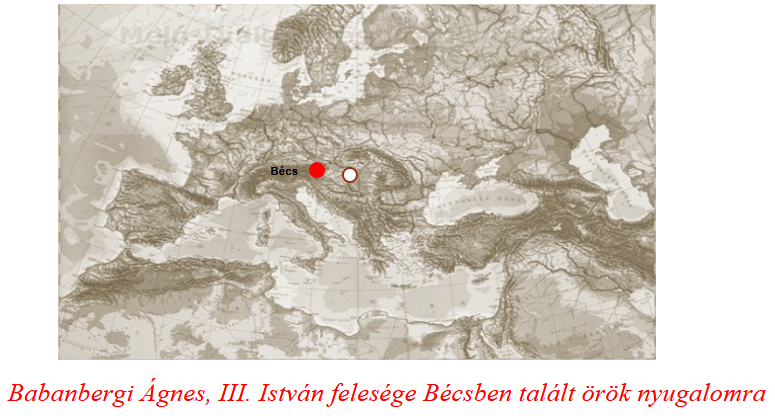
Ágnes of Babenberg died in 1182 and was buried in Vienna.
ARC.
István (1163-1165) – Viceroy III. Against István His wife Mária Kamnénosz (1144-1190)
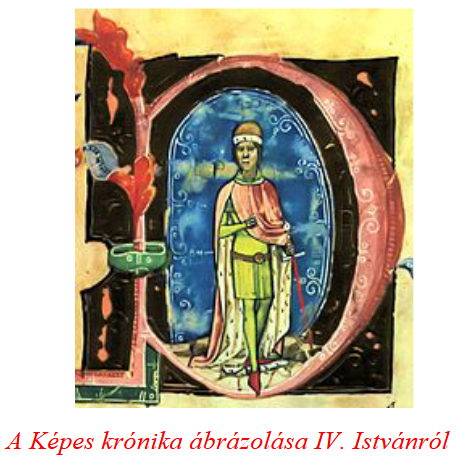 István was supported by his Byzantine allies, which is also proven by the fact that they married Emperor Mánuel's niece, Mária.
István was supported by his Byzantine allies, which is also proven by the fact that they married Emperor Mánuel's niece, Mária.
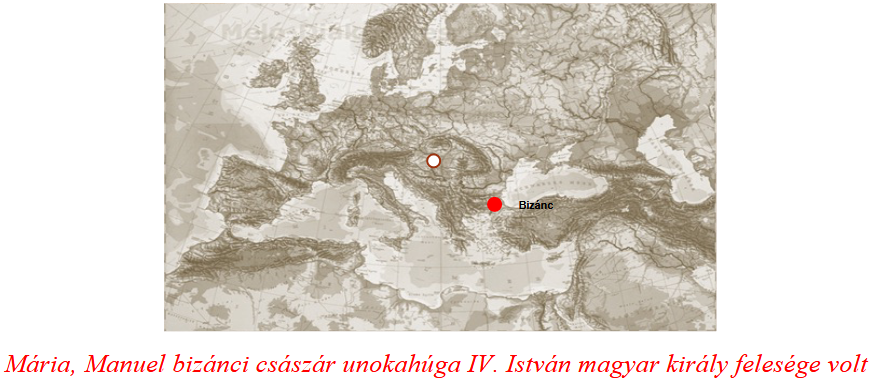
Mária, daughter of the Byzantine prince Issák Komnenos, was born in 1144, and between 1163-1165 IV. Queen of Hungary as István's wife. Mária was the niece of Emperor Manuel the Great, who was the son of Szent Piroska, i.e. the grandson of King Szent László. Mária survived her husband by 25 years and died in 1190.
III.
Béla (1172-1196) First wife Chatillon Anna (Ágnes) (1151-1184)

Anna, who was born in 1154, and whose father, Chatillon Rajnald, the adventurous warlord infamous for his cruelty, was the prince of Antioch in Asia Minor. Anna came to Byzantium at a young age, and while still here, in Byzantium, around 1170, she married Béla, Duke of Árpád House, who was brought up in Aranyváros. When Béla was called home to Hungary, Anna went with him, and between 1172 and 1184 she was the Hungarian queen.
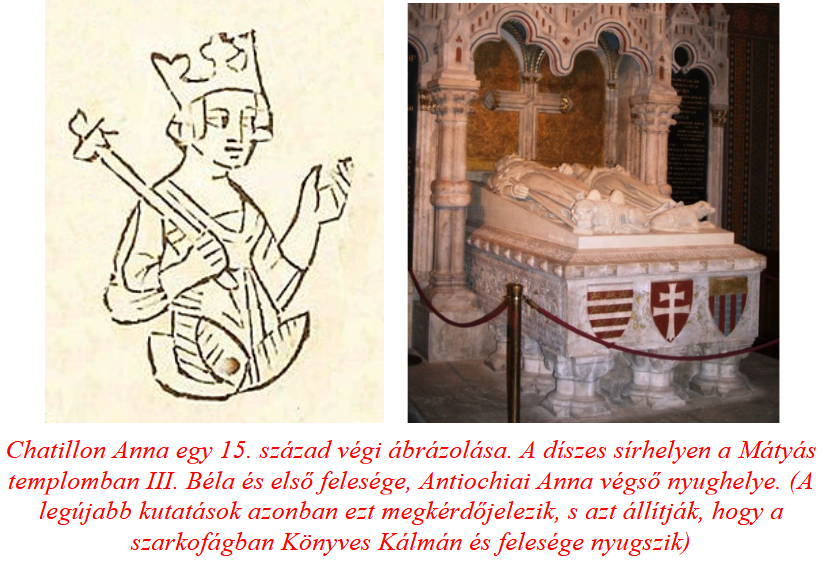
Despite her origins in Asia Minor, Anna Chatillon introduced French culture and traditions to Hungary.
This can be explained, among other things , by the fact that Anna's family had Frankish roots. The fact that the French Cistercian monks were able to found numerous abbeys in Hungary is a splendid proof of the French connection, when the queen made it possible.
During the fourteen years of marriage, Anna had seven children from King Béla. The queen died in 1184, whom III. Béla followed twelve years later. King Béla and his first wife became known, among other things, for being the only royal couple from the Árpád era whose tombs were excavated intact near the royal cemetery in Székesfehérvár. Their final resting place was established in the Matthias Church in Budavar, which in recent years has been revealed to be perhaps not III. It contains the ashes of Béla, but Kálmán Könyves and his wife.
Second wife Capet Margit (1158-1197)
King Béla's second wife was Capet Margit from a French family.

Born in 1158, Princess Margit's father VII.
King Louis of France who came from the Capeting dynasty. Margit's first husband was Henrik, Duke of England. However, due to the civil war in England, Margit returned home to France. Her husband Henrik lost his life during a campaign in 1183, so Margit became a widow. The hand of the widowed princess was given to III., who was in Paris at the time. King Béla requested it in 1184. The princess reciprocated Béla's feelings, who moved to Hungary with her new husband. Margit Capet was crowned in Székesfehérvár in 1186. The queen took an active part in managing the country's affairs. It was a notable event when the crusade led by Frederick Barbarossa marched through Hungary in 1189. III. Béla treated the crusaders to the Holy Land with rich hospitality, and Margit even led the army for a while.
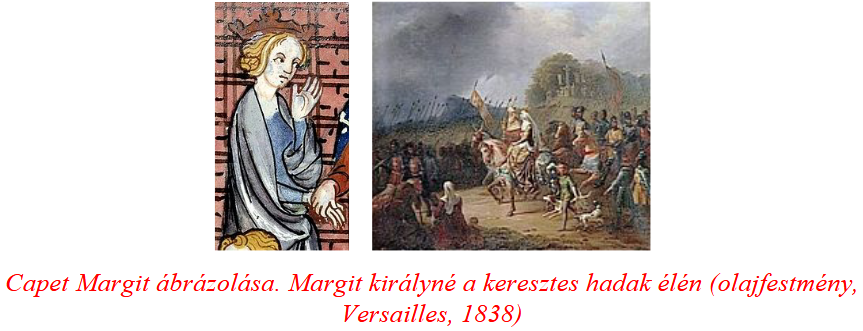
The royal couple had no children during the twelve years of marriage. Margit Capet made a pilgrimage to the Holy Land in 1197, one year after King Béla's death in 1196. He died under unclear circumstances after arriving in Akko in Asia Minor.
Margaret of Hungary was buried in the cathedral of Tyros in 1197.
King Imre (1196-1204)
His wife Constance of Aragon (1179-1222)

The princess from the House of Barcelona was born in Zaragoza in 1179. His father II. King Alfonso of Aragon. Konstancia was queen of Hungary between 1198-1204 through her marriage to King Imre of Árpád-házi. They had one child, whom III. Under the name László - after his father's death - the opposition lords installed him on the Hungarian throne at the age of five. However, the child died in 1205.
After the death of Konstancia Imre, she left for Austria with her minor child. Imre's brother, the rightful heir to the throne, András and his wife Gertrúd, were not accepted as rulers. After 1204, instead of the child, while he was in Hungary, his mother ruled. Constantia II in Messina in 1209. She was married to the Holy Roman Emperor Frederick.
Empress Constance died in Catania in 1222 and was buried in the Cathedral of Palermo.
II.
András (1205-1235) First wife Gertrúd Meráni (1185-1213)
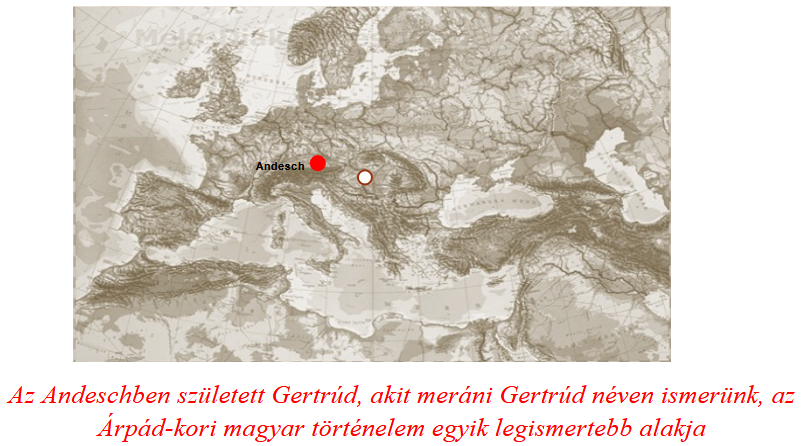
Gertrud was born in Bavaria in 1185, as a child of the Andesch family. Several members of the family lived adventurous and scandalous lives. Gertrud's relatives included bishops, saints, famous beauties, and even people suspected of murder. Gertrud and Prince András were married before 1203, and five children were born from this marriage. Among them are notable personalities such as the second founder of the country, IV. King Béla and Saint Elizabeth of Árpád-háza, one of the world's best-known female saints.
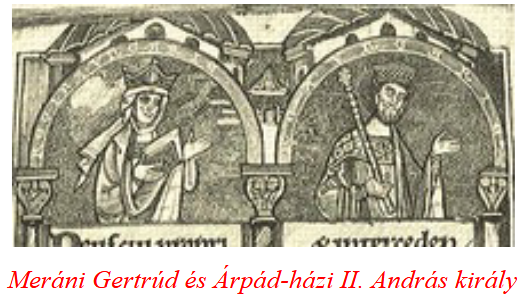
The queen and her relatives were not accepted by the majority of the Hungarian lords, because II. András and Queen Gertrud granted exceptional benefits to the Bavarian relatives and their entourage. The foreigners were enriched with titles, ranks, and donations of property, which the Hungarian nobles did not take kindly to. Therefore, when II. King András led a campaign to Halics, the lords hatched a conspiracy against his wife. According to the well-known story from the play and opera Bánk bán, Gertrúd was murdered in 1213 in the forest of Pilis, in the monastery of Pilisszentkereszt.

Second wife Courtenay Jolán (Jolánta) (1197-?)
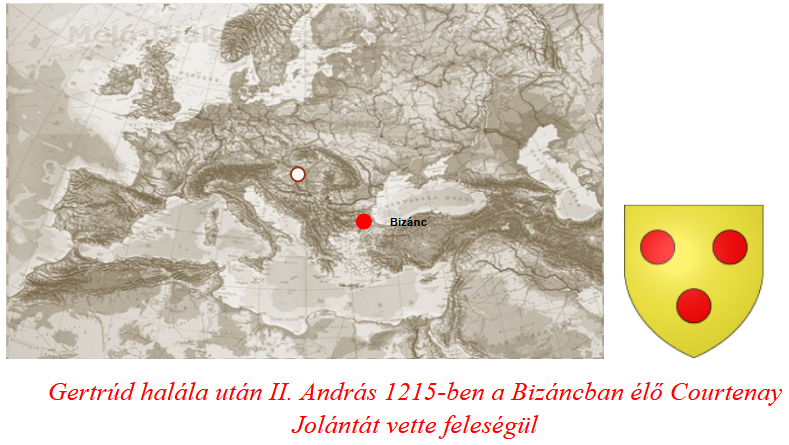
Jolánta was born in 1197 in Courtenay, France, from a side branch of the Capeting family. Through the marriage of Jolanta's mother, Jolanta of Flanders, she came to Constantinople, where she was the ruler of the Latin Empire. This is how the family of French origin came to Byzantium. Jolánta married II. in 1215. Andrew with the Hungarian king. The new queen was Gertrud's opposite in almost every way. In his behavior, in his abstinence from court life. Their marriage gave birth to Jolán, who became Queen of Aragon and one of the lucky Hungarian women.
Third wife Beatrix Estei (1215-?)
Beatrix was born in Este in northern Italy in 1215. As a small child, he became an orphan, so he was brought up in the court of his relative, the Řercount of Estei. II. Hungarian King András met Beatrix on a pilgrimage to Italy in 1233, to whom he immediately became engaged. The following year, when they were already in Hungary, they got married. However, the relatives of King András protested vehemently, especially the younger King Béla, the later IV. King Béla. When II. András died in 1235, Beatrix announced that she was expecting a child from her ex-husband. Béla, the rightful heir to the throne, flew into a rage and threw Beatrix into prison, accusing her of not being King II. András, but the Palatine. Beatrix's supporters managed to escape to Germany, where she gave birth to her child, who was named István. The second-born István is the "last" Árpád house king, III. He was András's father. It was not by chance that it spread that the last king who could be proven to be a descendant of Árpád was László Kun, and not III. Andrew.
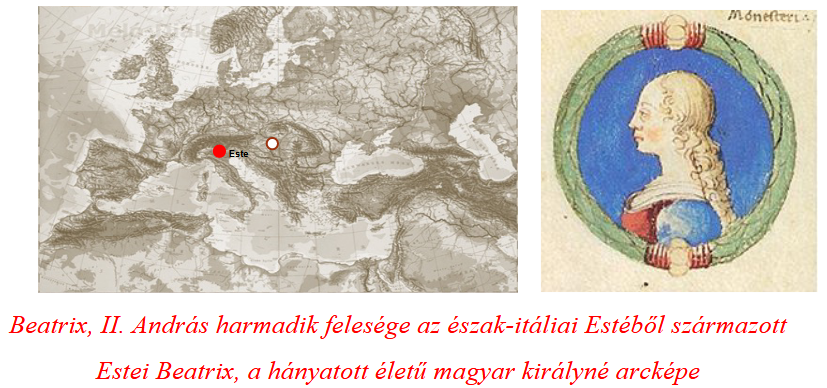
Béla V (1235-1270)
Wife of Mária Laszkarisz (1206-1270)
(Mária of Nicaea, Mária of Byzantium)

Born in 1206 in Nicaea in Asia Minor, Maria's father was the Nicaean (Byzantine) emperor Theodoros I. Mary's hand in 1218, the leader of the crusade returning from the Holy Land, II. King András acquired it for his son Béla.

Princess Mária and Prince Béla were already married in 1220, but they had to wait another 15 years to ascend the throne. During the 50 years of marriage, the queen gave birth to ten children, two of whom were boys. In order of birth, Kinga, Margit, Anna, Katalin, Erzsébet, Konstancia, Jolán, István, Margit, Béla.
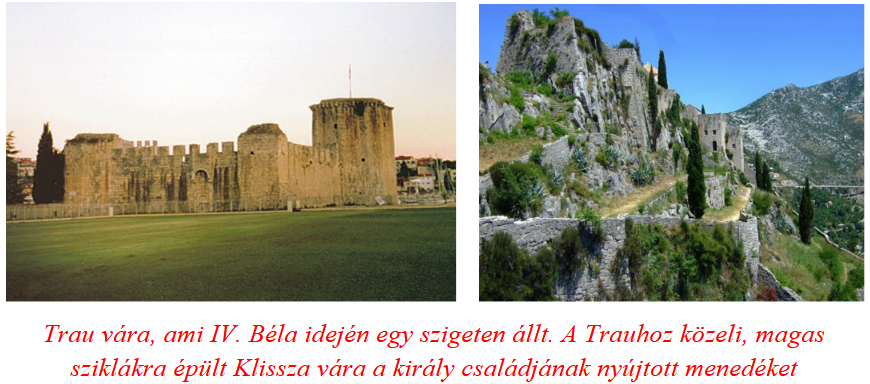
During the Mongol invasion, the family fled to the castles of Trau and Klissza, where Katalin and older Margit died. Mária Laszkarisz was her husband's companion throughout, as the fate of the country was at stake and their children had to be saved. Both of them died in 1270 due to the unpredictable play of fate. Máriat's husband, IV. He was buried next to Béla in the Franciscan church in Esztergom.
István V (1270-1272)
Wife Erzsébet Kun (1240-1290)
Mária Laszkarisz and IV.
Béla's eldest son ascended the throne in 1270. Did István get married in Szejha as early as 1254? - although this has not been proven - with the daughter of the Kun prince, Erzsébet. Erzsébet Kun was already crowned as a junior queen from 1262, in 1270, when István V ascended the throne. After the sudden death of her husband in 1272, her son, IV. As László's guardian, he took up the fight with the opposition lords, with little hope. In 1273, Aba Finta imprisoned Erzsébet and her son and locked them in the castle of Turóc. They were freed from there, but the queen mother was captured again in Buda in 1274 and held captive for six years. After his liberation, he was given a part of the Southern Region, when he governed the Macho and Bosnian provinces. From 1282, she held the title and rank of "princess of all Slavonia".
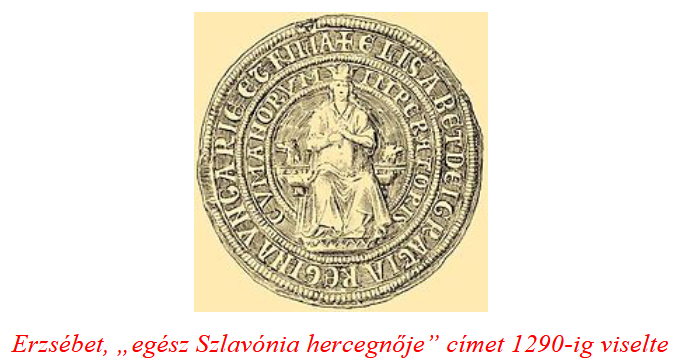
Erzsébet gave birth to six children during her 18-year marriage. Among them, Mary became Queen of Naples, the grandmother of the later King of Anjou, Róbert Károly. If you like, the Hungarian Anjou kings were descendants of the Árpád house on their mother's side. One of the two sons, András, died at the age of ten. The other boy went down in Hungarian history as László Kun.

Queen Elizabeth died in 1290.
ARC.
(Kun) László (1272-1290) His wife Izabella of Anjou (Elizabeth of Sicily) (1261-?)

Isabella, born in Naples in 1261, came from the House of Capeting-Anjou. She and Prince László became engaged in 1270. By law, they could only marry in 1276, when Izabella turned 12 and László turned 14. Izabella's marriage to László was unhappy, as the king only enjoyed himself among his kunjas. He neglected his wife, and on one occasion between 1286 and 1287 locked her in the Margaret Island monastery. László Kun got into trouble not only with some of the Hungarian nobles, but with almost everyone from the Hungarian church dignitaries to the Pope, because of his lifestyle, national policy, and economic measures.
In 1290, after her husband's death, Izabella remained in Esztergom for another ten years, and only left the country in 1300.
He died in Naples and was buried there. No children were born. III.
András (1290-1301) First wife Piast (Kujáviai) Fennena (1276-1295)
Born in 1276, Fennena's father was the Duke of Kujavia from the Polish Piast dynasty.
Princess Fennena (of Venice) III. She married Andras. When the last Árpád king ascended the throne, Fennena became Queen of Hungary. She could enjoy the dignity of queen for five years, because she died in 1295, presumably in Buda. The royal couple had only one child, Elizabeth, who chose the life of a nun. Erzsébet spent most of her life in the monastery in Töss, Switzerland. Her exemplary behavior earned her the title of Blessed Elizabeth.

Second wife Ágnes Habsburg (1281-1364)
The last Árpád king in Vienna remarried in 1296. The new wife was none other than Ágnes Habsburg, the daughter of German King Albert I of Habsburg and Austrian duke. (It is worth noting that during the four centuries of the Árpáds, this was the only marriage that a Hungarian monarch concluded with a member of the Habsburg family.)
Ágnes was born in 1281 in Vienna and died in Königsfeld, Switzerland at the age of 83. She was the longest-lived Hungarian queen. III. When András died in 1301, Ágnes Habsburg left for Vienna with Erzsébet, born of Fennena.
 Through their marriage relations, the Hungarian kings of the Árpád family
Through their marriage relations, the Hungarian kings of the Árpád family
covered most of the European continent, from Byzantium to Paris, from the Iberian Peninsula to Kiev, from Sicily to Poland.
In addition to family contracts, these marriages were also political and military alliances. The kings of the Árpád House firmly maintained their great power status in Europe despite internal tensions and throne disputes. It is true that in the case of attacks from the east, they received little or no help, neither from the Pope, nor from the German-Roman Emperor, nor from Byzantium. Not only did they not get it, Hungary was often attacked by them.
Author: Ferenc Bánhegyi
The parts published so far can be read here: 1., 2., 3., 4., 5., 6., 7., 8., 9., 10., 11., 12., 13., 14., 15., 16., 17., 18., 19, 20.
(Header image: Győri Salon)

